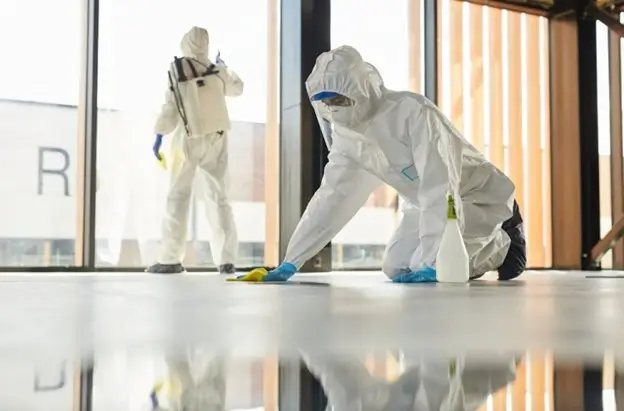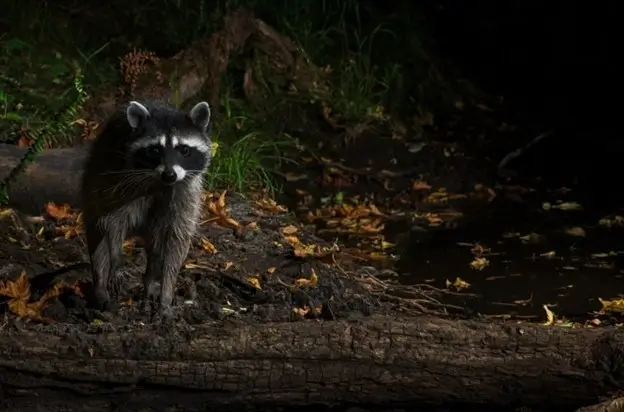


At first, it’s just a sound. A soft shuffle somewhere overhead. Maybe behind the wall. Maybe under the floorboards. You pause, listen, then shrug. It could be the wind. It could be pipes. You forget about it.
Until the sound comes back. Louder this time. Scraping. Movement. It’s not your imagination anymore. Something’s in the house, and it doesn’t belong.
Plenty of homeowners try to handle it themselves. Buy a trap. Block a hole. Bang on the ceiling a few times. Maybe it works. Maybe it doesn’t. But here’s what most people learn the hard way: what seems simple on the surface is rarely simple underneath. And when it comes to wildlife, half measures usually invite more trouble.
You don’t need to panic. But you also shouldn’t wing it. That’s why professionals exist. People who know the signs, the risks, the seasons. People who’ve dealt with this more times than they can count, and not just once, but thoroughly.
Let’s walk through why calling a wildlife expert isn’t overkill. In fact, it’s probably the smartest move you can make.
They’re not here to mess with you. They’re not invading for fun. They’re just surviving. And that’s important to remember.
When animals sneak into your attic or nest under your porch, they’re chasing warmth, food, and shelter. That’s it. But once they find what they need, they stay. And they don’t leave because you want them to. Instinct tells them to defend the space. Hide. Lash out, if it comes to that.
And when that happens, instinct beats good intentions every time. A raccoon with kits won’t leave because you make noise. A snake doesn’t care that it’s your crawlspace. A bat won’t wait patiently while you look up how to “gently guide it outside.” They act fast. Sometimes violently. Often unpredictably.
Professionals don’t guess. They read signs, smells, and patterns. They look for what most people overlook, and they do it with respect for the animal, but firm protection of your home.
Let’s say you manage to trap something. A raccoon, maybe. You feel victorious. You take it down the road. Let it go. Done. Except you didn’t know there were babies in the wall. Now they’re still inside. Cold. Dying. And you just sealed the entry.
Now you’ve got decay. A new smell. Maybe insects. Regret. That’s how quickly things spiral.
DIY methods, especially those without experience backing them, often overlook key factors. They deal with what you can see. The movement. The droppings. The damage. But what about what you don’t see?
A professional doesn’t stop at step one. They check every corner. Use thermal scopes. Know breeding cycles. They aren’t just trying to trap; they’re trying to end the cycle. Permanently. That’s a massive difference.

A lot of homeowners think: “It’s just a squirrel. What harm can it do?” But wild animals don’t just make noise; they leave behind things. Contaminants. Parasites. Viruses. Sometimes bacteria that linger in insulation or behind drywall for months.
Ever heard of histoplasmosis? It’s in bat droppings. Harmless to some, dangerous to others. Raccoons carry roundworm eggs in their waste. Mice? Hantavirus. The list goes on. These aren't just rare headlines. They’re very real risks in average homes.
Once a wild animal settles into space, it leaves behind more than fur and footprints. And that’s where many well-meaning DIYers slip up. A glove isn’t enough. Neither is a mask from the garage.
People trained in wildlife control know the protocols. Full-body protection. Decontamination methods. They treat every attic like it could be dangerous, because sometimes, it is. Better to take it seriously now than be sorry later.
At certain times of the year, wildlife activity surges, such as during breeding, nesting, and migration seasons. What that means is the same animal behaves differently depending on the month. And if you remove it at the wrong time, the consequences get messy fast.
For instance, try blocking a vent in late spring without checking for raccoon pups. You’ll end up with noise. Then silence. Then the smell. Or evict a bat colony during maternity season? Illegal in most places and cruel, since the babies can’t fly yet.
A professional knows the calendar. They know local laws. They know when to wait and when to act, and how to do it without violating ethics or state regulations. You don’t learn that from a YouTube video. You learn it from doing this kind of work, year after year.
You might think the hole you found was the only way in. The raccoon used it, after all. So you patch it. No more problems.
Except you missed the gap under the eaves. Or the torn screen behind the vent. Maybe the crawlspace flap doesn’t latch like it should. Small things. All fixable. But only if you see them. And most people don’t.
This is where a pro earns their keep. They walk into your home differently. They don’t look straight ahead; they scan high, low, underneath. And they’ve seen it all before. They know what signs to chase, what weaknesses to test, and what smells to trust.
They see what you can’t. Or wouldn’t even think to check. That alone can prevent your “solved” problem from coming back next winter.

You hear scratching in the attic and assume it's one squirrel. Logical, right? Maybe or maybe not. Plenty of infestations involve more than one animal, or more than one species. Mice in the walls. A raccoon above. A snake in the crawlspace. Sometimes they’re there together. Not always, but often enough.
If you fix one without checking for the other, the job’s incomplete. That’s how people end up in an exhausting loop.
Companies like Blythewood wildlife removal don’t just target one animal. They sweep the site. Identify full patterns. They’re not chasing a raccoon; they’re checking for everything. That’s what gets the job done properly. That’s what keeps your house quiet when the sun goes down.
Most people don’t think they’ll need help. Not until it’s too late. But wild animals aren’t minor guests. They’re invasive. Resourceful. And once they’re in, they don’t leave because you asked nicely.
Hiring a professional isn’t about being incapable. It’s about being efficient. About knowing when to take a step back and let someone trained do what needs to be done. Because wildlife control isn’t just removal, it’s restoration. Prevention. Health. And peace. When it’s your home on the line, guesswork just isn’t good enough.